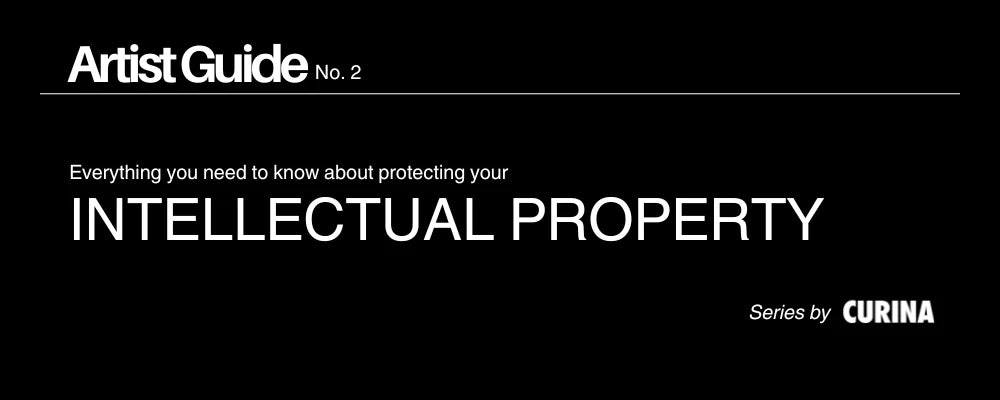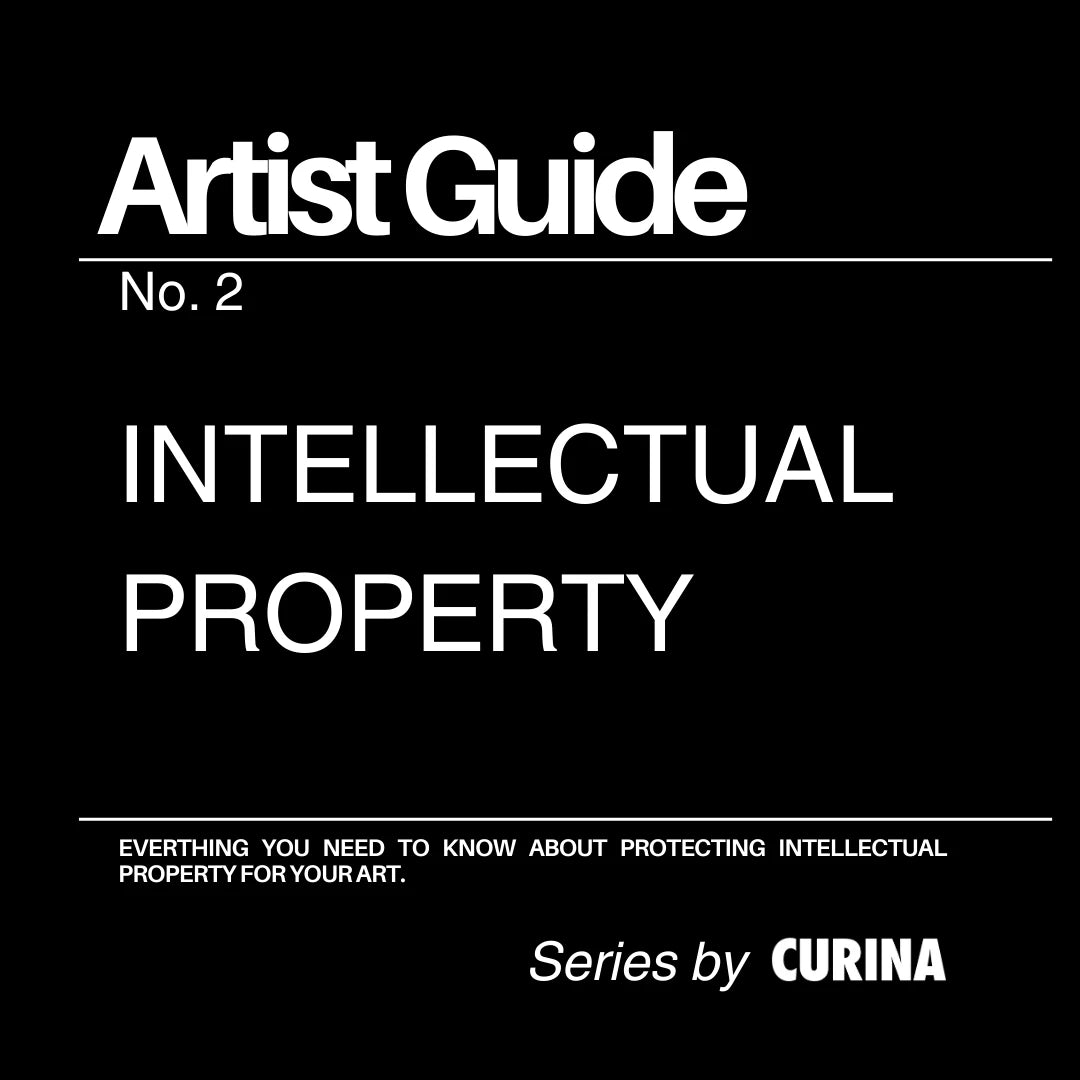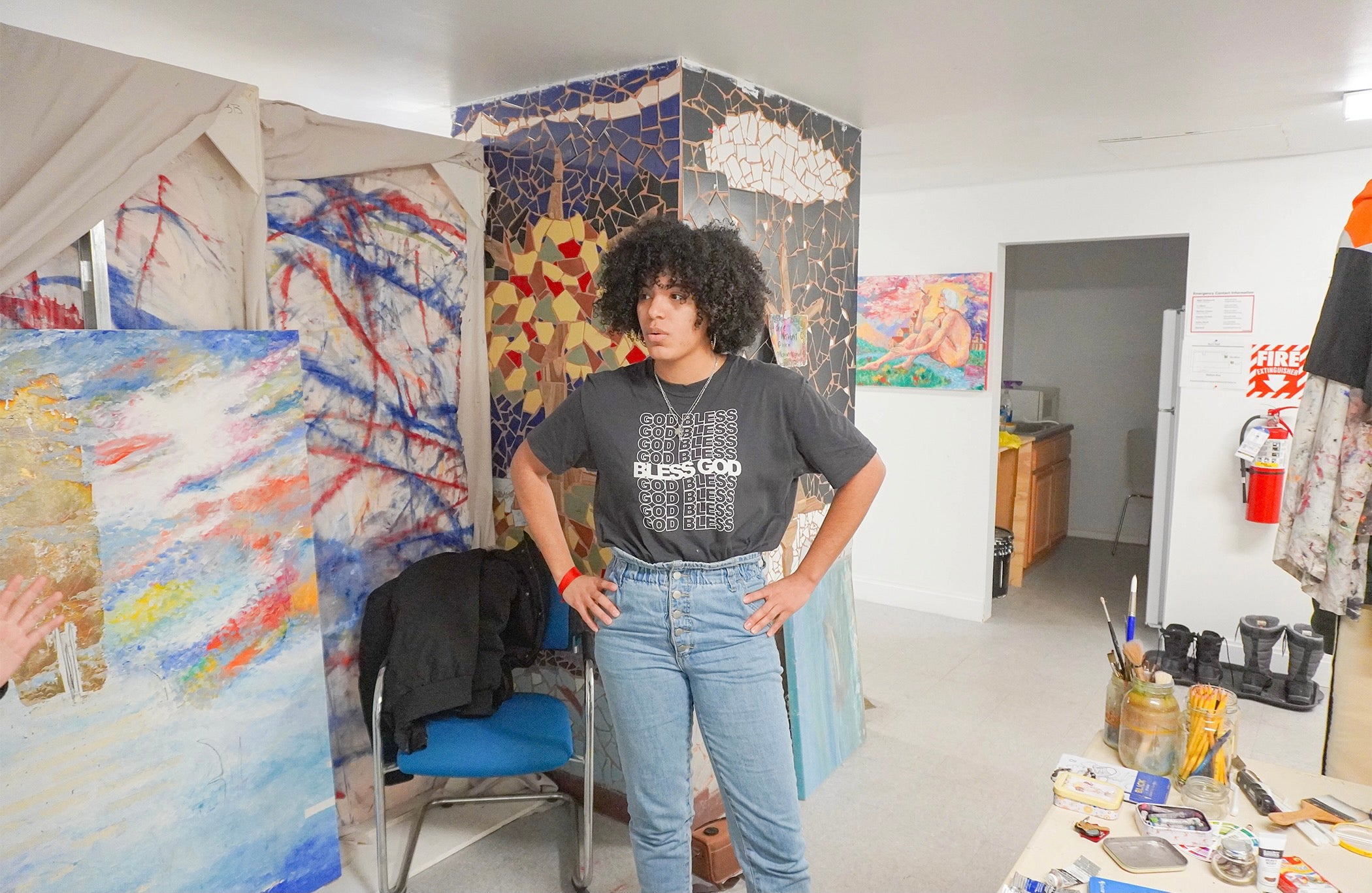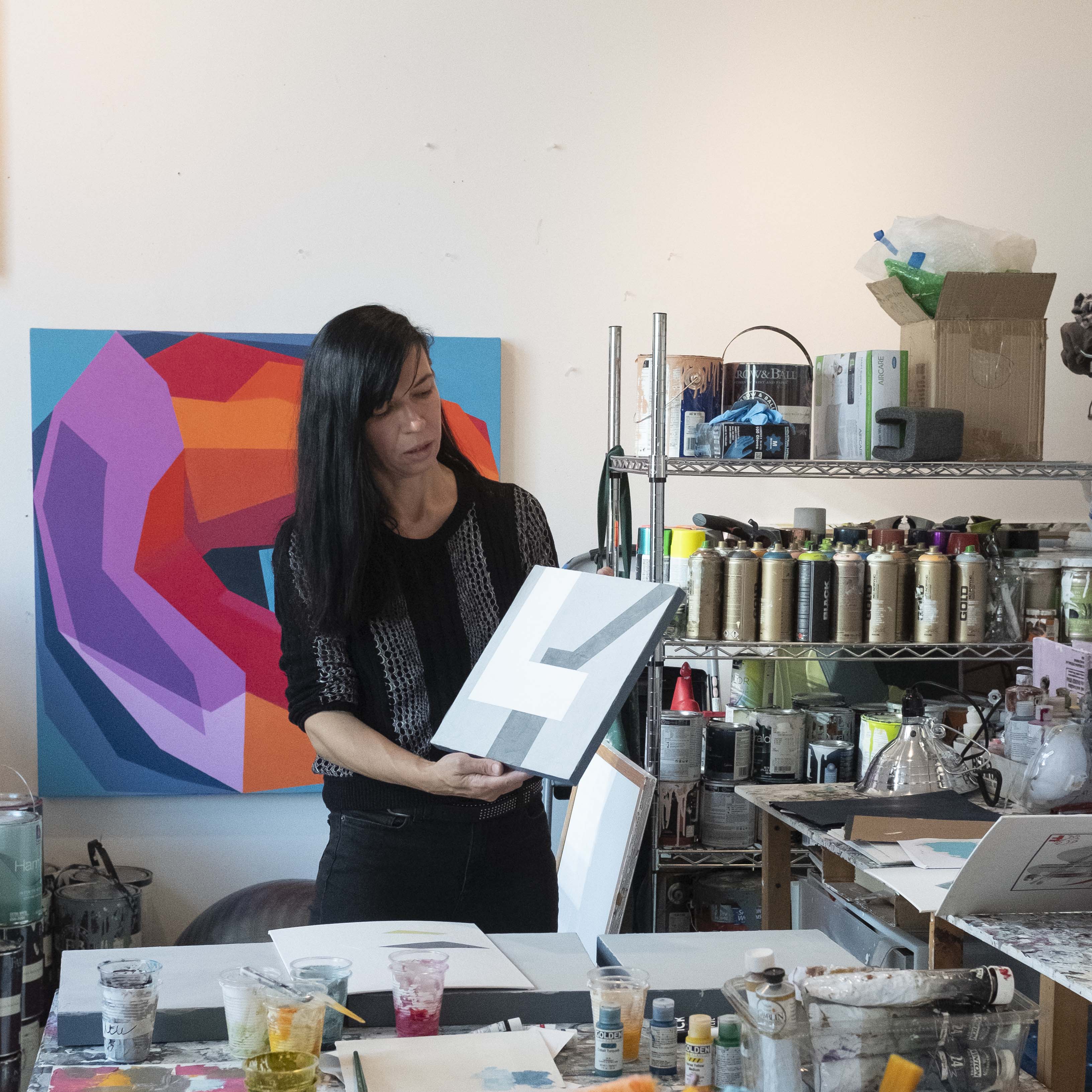No Products in the Cart


As an artist, the works you create represent both physical property and intellectual property (IP). When you rent or sell an artwork via Curina or elsewhere, you transfer the physical property while retaining the intellectual property associated with your work. Understanding IP rights is crucial for artists to protect their creative works and also navigate the complexities of using others' art (an issue in photography and also artwork that builds on existing art). This guide covers copyright, moral rights ("droit moral"), and practical considerations relevant to visual artists.
COPYRIGHT
Copyright is often talked about not as a single right, but as a bundle of several rights granted to the creator of an artwork. These rights include:
- Reproduction: The right to make copies of your artwork.
- Distribution: The right to distribute copies of your artwork to the public.
- Public Display: The right to display your artwork publicly.
- Public Performance: The right to perform your artwork publicly (applies primarily to certain types of artwork, such as audiovisual works).
- Creation of Derivative Works: The right to create adaptations or new works based on your original artwork.art building your website, clarify your goals. Do you want to sell your artwork, showcase your portfolio, or attract commissions? Understanding your objectives will help you design your website accordingly.
Automatic Protection: Copyright protection is automatic upon the creation and fixation of your artwork in a tangible medium (e.g., canvas, digital file), however registering your copyright with the U.S. Copyright Office provides additional legal benefits, such as the ability to sue for statutory damages and attorney's fees in case of infringement.
Duration: Copyright protection generally lasts for your lifetime plus 70 years.
Works Covered: Includes paintings, sculptures, drawings, digital art, photographs, and other visual expressions.
Fair Use: Allows limited use of copyrighted material without permission for purposes such as criticism, comment, news reporting, teaching, scholarship, or research. Fair use is determined by evaluating factors such as the purpose and character of the use, the nature of the copyrighted work, the amount used, and the effect on the market for the original work.
Putting this together, what this means is that even the purchaser of your artwork cannot copy it, publicly display it, or distribute it without your consent. This often comes up in the context of film and television productions. While we are always thrilled to work on film and tv productions at Curina, a production must obtain clearance from you before using your art even in the background of a show. We have worked with a number of Curina artists to obtain their permission for works to be displayed in shows and films, but you always have the right to reject such a use for any reason at all.
MORAL RIGHTS
Outside the United States, especially in France and the rest of Europe, artists often have more robust protections, called moral rights or droit moral. These rights often include:
- Right of Attribution (Paternity Right): The right to be identified as the creator of the artwork. This includes the right to have your name associated with the artwork whenever it is used publicly or published.
- Right of Integrity: The right to prevent derogatory treatment or distortion of the artwork that could harm the artist's reputation. This includes protecting the artwork from alterations, mutilations, or modifications that are prejudicial to the artist's honor or reputation.
- Right to Withdrawal: In some jurisdictions, artists may have the right to withdraw their artwork from public circulation under certain circumstances, such as if the artwork is used in a way that conflicts with their artistic or ethical beliefs.
- Right of Association: The right to control the association of the artist's name with artworks they did not create, such as preventing false attribution or unauthorized use of their name in connection with artworks.
- Right of Disclosure: The right to decide when and how the artwork is disclosed or published to the public. This can include the timing and manner of publication.
Unfortunately, the United States does not historically confer moral rights on artists. That said, the Visual Artists Rights Act of 1990 (VARA) gives some similar protections to artists. These additional rights include:
- The right to be identified as the creator of the artwork.
- The right to prevent the use of your name on any artwork you did not create.
- The right to prevent distortion, mutilation, or modification that would be prejudicial to your honor or reputation.
- The right to prevent use of your name on any work that has been distorted, mutilated, or modified in a way that would be prejudicial to your honor or reputation.
VARA serves to place additional restrictions on what a purchaser can do with your artwork.
USING OTHERS' ART IN YOUR WORK
While a topic for a future guide in its own right, artists should recognize that these same principles apply to their own usage of other artists’ works. So photographers may need to be wary of including copyrighted works and symbols within their photographs, and all artists should be wary of creating unauthorized “derivative works” of another artist’s artwork.
* * *
Understanding and protecting your intellectual property rights is essential for visual artists to thrive and avoid legal issues. By familiarizing yourself with copyright, moral rights, and fair use principles, you can navigate the art world confidently while respecting the rights of fellow artists. For specific questions or personalized legal advice, consider consulting with an intellectual property attorney specializing in visual arts and copyright law.






